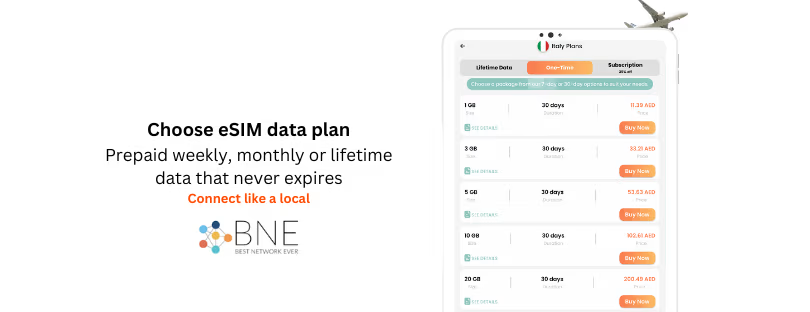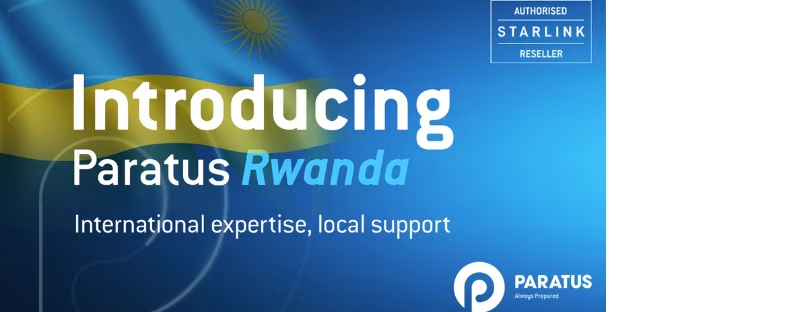
Difference between IT Cost Cutting and IT Cost Optimization
IT Cost Cutting and IT Cost Optimization are two approaches that organizations use to manage their IT budgets efficiently. While they may seem similar, they have distinct strategies and long-term impacts on business operations.
Businesses appear to spend 4-6% of their income on IT, which is within the level that CIO Magazine advises. When planning your resource allocation, keep in mind that the size of your company normally has a significant impact on the amount of your budget.
IT Cost Cutting
Gartner defines IT cost-cutting as a one-time undertaking aimed at reducing expense levels. The most effective IT cost-cutting efforts are structured by identifying a precise amount (not percentage) of money to be saved and identifying a date by which the savings must be completed. Companies implement various measures to reduce expenses and accordingly, improve profitability.
Accenture estimates that, as a proportion of total corporate spending, IT ranges from less than one percent to around 15 percent; it is a significant component of sales, general, and administrative costs.
Many IT cost-cutting alternatives are linked to human resources, such as lowering compensation, letting go of some employees, switching to less expensive health insurance, and so forth. It seems reasonable that firms first decrease costs associated with people because, according to Gartner, 37% of the IT budget is tied to staff.
Common IT Cost-Cutting Measures
- Reducing IT staff or outsourcing to cheaper service providers
- Halting non-essential projects and software upgrades
- Cutting vendor contracts or renegotiating for lower rates
- Reducing cloud computing expenses by limiting usage
- Eliminating redundant software licenses and subscriptions
💡 Risk: Aggressive cost-cutting can lead to lower efficiency, outdated technology, and reduced innovation.
Cost cutting refers to immediate, direct actions, but Gartner also strongly recommends investing in a Telecom Expense Management (TEM) service. It’s worth the inquiry; it will pay for itself, and most importantly, it provides an opportunity to increase savings. This service will automate many tasks related to IT and Telecom, allowing you to save money and time by allowing your employees to focus on more important projects while maintaining an accurate inventory, ensuring you don’t overspend on IT services and assets.
IT Cost Optimization
According to Gartner again, IT cost optimization is a business-focused, continuous discipline to drive spending and cost reduction while maximizing business value.
Effective IT cost optimization often adheres to programs and policies that are based on time-tested best practices and procedures. Activities included in IT cost optimization would be:
– All business purchases have the best pricing and terms: Alert Telecom outsourcing eliminates the hassle of managing multiple carriers, multiple vendors, and having to navigate through complex technologies and solutions.
– IT and business operations are automated and digitalized: Telecom rates and promotions change all the time, but many companies are stuck wasting money on outdated plans, being billed for service overages or unused usage, and even disconnected services. Telecom consultants can review your current bills and make sure you’re in the right plan for your business needs.
– Platforms, services and processes are standardized, simplified, integrated and rationalized: By applying the discipline of Total Telecom Cost Management, companies can reduce their telecom costs by up to 40%!
Best Practices for IT Cost Optimization
- Cloud Cost Management – Optimize cloud usage with auto-scaling, reserved instances, and hybrid cloud solutions.
- Process Automation – Implement AI and automation to reduce manual work and improve efficiency.
- Application Rationalization – Identify and eliminate underused or redundant applications.
- Outsourcing & Managed Services – Leverage external providers for specialized IT functions instead of maintaining costly in-house teams.
- Energy Efficiency in IT – Optimize data centers and reduce energy consumption with green IT practices.
- Optimized Vendor Management – Negotiate better contracts and consolidate IT vendors for better deals.
💡 Benefit: IT cost optimization helps businesses reduce wasteful spending while continuing to innovate and remain competitive.
Which Approach Is Better?
- If a company is in crisis and needs immediate savings, IT cost-cutting might be necessary.
- If the goal is sustainable growth and efficiency, IT cost optimization is the better approach.
Conclusion: While cost-cutting may provide short-term relief, cost optimization is a smarter long-term strategy that aligns IT spending with business objectives, ensuring better ROI and resilience in a changing tech landscape. You should think about using our Telecom Expense Management Solution to help you save money, and time, and have an accurate inventory in both cost-cutting and cost-optimization scenarios.
Would you like recommendations on specific IT cost-saving tools or strategies for your business?











